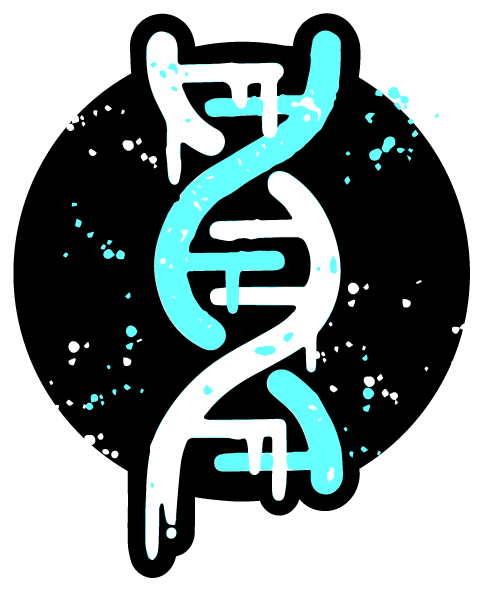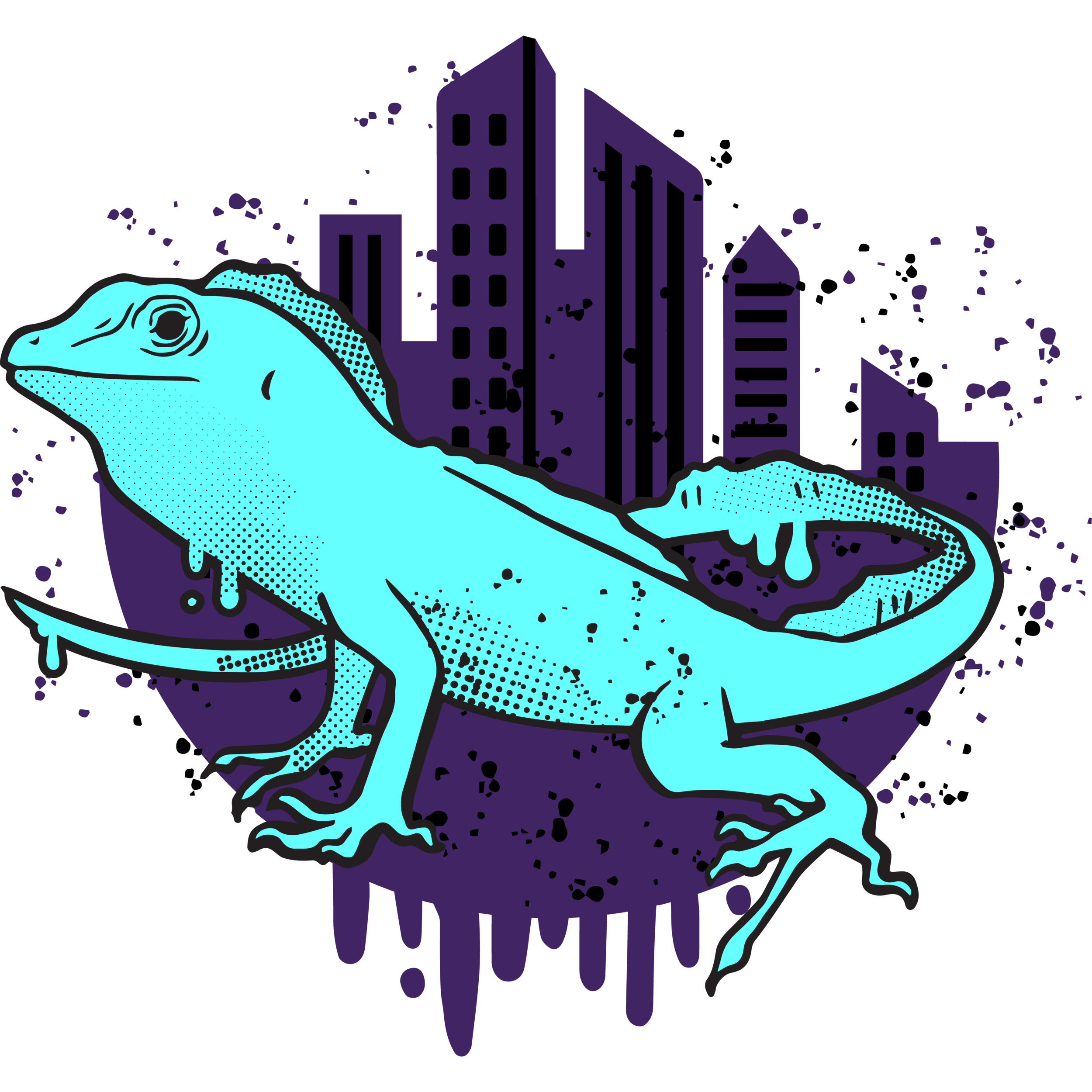featured project
Lizards in an urban heat island
In the late 1980s, Steven J. Gould proposed a thought experiment that focused on the roles of fate and chance in shaping biological diversity: if you could replay the tape of life, would you get the same result?
Now, in the face of rapid global ecosystem alteration, Gould’s question provides a framework for understanding how species respond to anthropogenic change.















